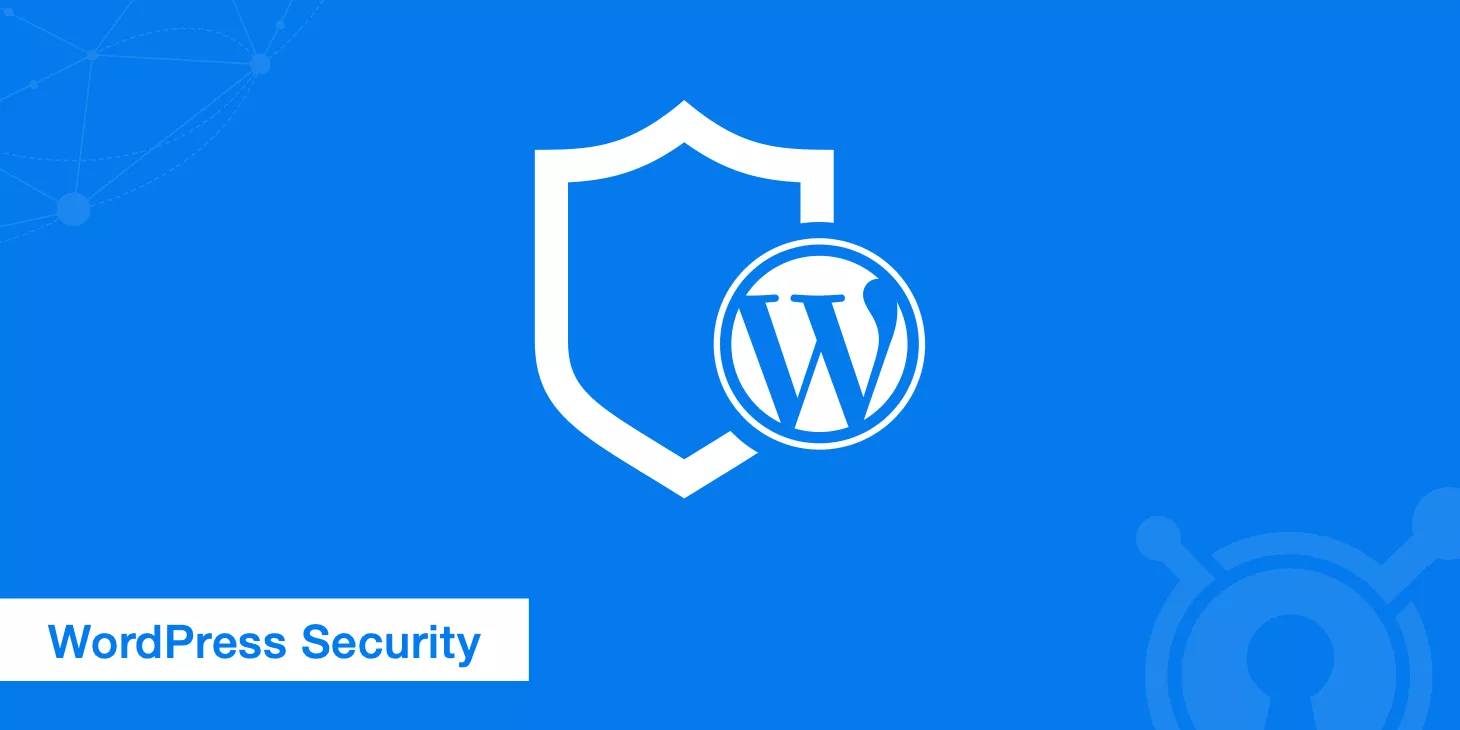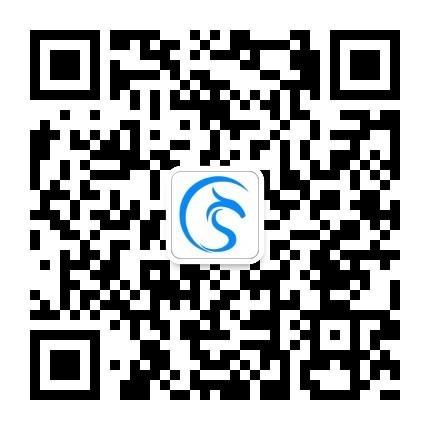
Table of Contens
ToggleThe Core Purpose and Design Principles of Landing Pages
Landing pages are “key action pages” users see right after entering your site. Their main job isn’t to show off your whole website, but to guide users—quickly and clearly—toward a specific goal (like making a purchase or submitting a form).
The design needs to be laser-focused, avoiding any distractions unrelated to conversion.
Main Goal: Drive Conversions, Not Showcase Content
- The only mission of a landing page is to get users to complete a predefined action (like clicking a button or filling out a form). Every piece of content—copy, images, buttons—should support that goal.
- SEO Angle: The page content needs to closely match user search intent. For example, if your ad says “Limited-Time Discount,” the landing page should align with search terms like “XXX product deals” to rank better.
Design Rule #1: Minimize Distractions, Focus on the Main Action
- Remove Unnecessary Navigation: Hide or simplify top menus and sidebars to stop users from clicking away from the page.
- Guide the Eye: Use color contrast, directional arrows, and button placement to direct attention to the main action area (like a “Buy Now” button).
Design Rule #2: Keep Content Highly Relevant to Lower Bounce Rates
- Headlines, body text, and images should be tightly aligned with the landing page topic (e.g., if your ad promotes “summer sunscreen,” don’t include winter products).
- SEO Pitfall: If the content doesn’t match the search terms, even users who land via SEO will bounce quickly—and that can hurt your rankings.
Design Rule #3: Keep It Lightweight for Faster Loading Across Devices
- Avoid heavy animations, large images, or auto-playing videos. Make sure the page loads within 3 seconds (loading speed is a ranking factor).
- Mobile-first: Make buttons big enough and space out text to avoid accidental taps and reduce drop-off on small screens.
Design Rule #4: Use Internal Links Strategically—But Sparingly
- Don’t Remove Navigation Completely: Add footer links to essentials like “Privacy Policy” or “Return Policy.” These help build trust and give search engines crawl paths.
- Include related recommendations in the content (like a “You May Also Like” section) to make up for missing navigation and help distribute link equity internally.
How Removing Navigation Menus Affects SEO
To boost conversions, many marketers strip out navigation menus so users stay focused on key actions (like clicking a purchase button).
It seems user-friendly—but it can also backfire on your SEO.
Upside: Concentrated Link Equity Can Boost Rankings
- Fewer Internal Links = More Link Equity: Navigation menus usually include multiple internal links. Removing them means less “leakage,” helping your landing page hold more SEO power and rank better for target keywords (like “waterproof running shoes”).
- Less Distraction, More Engagement: If the content matches the user’s intent (e.g., they search “running shoes sale” and land on a promo page), no nav means fewer clicks away—which tells search engines the page is useful.
Downside: Crawling Issues and Weaker Site Structure
- Risk of Becoming an Orphan Page: Pages with no internal links might be seen as isolated content by search engines. For new or low-authority sites, this can hurt indexation and visibility of other pages.
- Breaks the Flow of Link Equity: Nav menus play a big role in spreading link value across a site. If you remove them, you’ll need other pages to link to the landing page—if your internal structure is weak, it could slow down SEO growth.
User Behavior Data: A Double-Edged Sword
- High Bounce Rate ≠ Bad: If users stay on the page and convert (like filling out a form), a high bounce rate isn’t necessarily negative. But if they bounce quickly (because the content doesn’t match), lack of nav can worsen the outcome.
- Example: A landing page for an online course saw its bounce rate go from 75% to 82% after removing the nav. But because average time on page jumped from 30 seconds to 2 minutes, its rankings actually improved.
Balance It Out: SEO-Friendly Design Tips
- Keep Key Links in the Footer: Add essentials like “Privacy Policy” and “Contact Us.” This keeps the layout clean while giving crawlers a way in.
- Add Internal Links Naturally in the Content: Suggest related products (“People who bought these shoes also looked at knee braces”) with anchor text that makes sense and helps pass link juice.
- Use Structured Data Markup: Use Schema to tag the page as a ProductPage, and include info like price and availability. This helps search engines understand your content without relying on nav.
When Is It Okay to Skip Navigation?
- Short-Term Promo Pages: Like Black Friday or 11.11 sales pages. Since they’re temporary and focused, it’s worth sacrificing some SEO to drive conversions.
- Pages on High-Authority Sites: If your overall site has strong domain authority (like a big brand’s official site), and a solid internal link structure, one page without nav won’t hurt much.
- Mobile-Only Pages: Mobile-first pages often use a full-screen immersive layout. You can tuck the menu behind a hamburger icon—balancing clean design with SEO needs.
The Relationship Between User Behavior Metrics and SEO
User behavior data (like bounce rate, time on page, and click depth) are key indicators search engines use to evaluate page quality—they indirectly reflect whether users find your content valuable.
But there are many misconceptions about these metrics. For example, people often assume that “a high bounce rate is always bad for SEO,” while ignoring whether the user actually completed a conversion.
Bounce Rate: High ≠ Bad—User Intent Is What Matters
- In conversion-focused scenarios: If a user lands on a page and immediately completes a desired action (like purchasing a product), a high bounce rate might actually indicate “intent fulfilled,” and won’t necessarily hurt rankings.
- Negative signals: If someone searches for “how to fix XX problem,” lands on your page, and leaves within 3 seconds without any interaction, that high bounce rate is likely to hurt your page’s authority.
Time on Page: Long ≠ Good—It’s About Content Value
- Effective time on page: When users carefully read through long content (like guides or tutorials) or engage with elements (like filtering products), longer visits send a positive signal.
- Fake long visits: If people stick around only because the page loads slowly or it’s poorly designed (like not finding a close button), that might actually be flagged as a negative experience by search algorithms.
Click Depth: On-site Interaction Affects SEO Value
- Risks of removing navigation: If your site lacks a nav menu, users can’t easily explore other pages, reducing click depth—which might make your site seem less valuable overall to search engines.
- Alternative approach: Add related content sections to your landing page (like “You might also like”) to guide users toward more internal links and keep traffic flowing within your site.
The “Indirect Game” Between User Behavior and SEO
Case Study:
Page A: No nav menu, users stay for 2 minutes on average, 15% conversion rate, but click depth is only 1 level deep.
Page B: Has a simplified nav menu, users stay 1.5 minutes, 12% conversion rate, but click depth reaches 3 levels.
Result: Page A ranks higher for core keywords, while Page B consistently brings in traffic from long-tail searches.
Takeaway: If your landing page has a clear goal (like promoting a single product), focus on conversions first. But if you want to drive long-tail traffic, help users explore more of your site.
Optimization Tips: Make Behavior Metrics Work for Your SEO
- Match search intent precisely: Make sure your landing page title and intro match what users are searching for, to avoid bounces from mismatched expectations.
- Design engaging interactions: Use elements like progress buttons (“70% of users chose this plan”) or countdown discounts to encourage user actions.
- Track and A/B test: Use tools (like Google Analytics) to compare different versions of your page and stick with the one that brings “high conversion + decent time on page.”
How to Balance User Experience and SEO Goals
Landing page design often feels like a trade-off: going all-in on user experience (like removing nav menus or cutting content) might weaken your SEO;
But if you load the page with keywords and internal links just for SEO, it could hurt the user journey.
This tension isn’t unsolvable—the key is to understand what both users and search engines want: valuable content that meets real needs.
Set Priorities: Define the Page’s Core Purpose
- Conversion-focused pages (like promo pages): You can remove the nav bar, but include footer links to essentials (like “FAQs” or “Return Policy”) to support crawlability and build trust.
- SEO-focused pages (like how-to guides): Keep a lightweight nav (like breadcrumbs) so users can explore related content and pass on internal link authority.
Content Layout: Blending User Journey with SEO Keywords
- Top fold = conversion; lower fold = long-tail: Put your call-to-action and primary keywords upfront. Then use the mid-to-lower sections to naturally include long-tail keywords (like “how to clean running shoes”) and increase time on page.
- FAQ section: Add a Q&A block at the bottom to address common user concerns (boosting UX) while also capturing search volume for frequent questions (improving keyword coverage).
Tech Optimizations: Speed + Crawlability in Balance
- Lazy Load: Prioritize loading for core content and CTAs above the fold. Load non-essential images/videos as users scroll to ensure fast speeds (a win for SEO).
- Structured data: Use Schema markup for things like product price, ratings, and stock availability to help search engines understand your content—reducing reliance on nav links.
“Soft Embedding” of Internal Links
- In-line internal links: Naturally insert 1–2 links into your main content (e.g., “See real user test videos here”) and avoid generic phrases like “click here.”
- Smart recommendation boxes: When users scroll to the bottom, show a “You might like” popup (with a close button), suggesting related products or articles to drive deeper interaction and spread link equity.
Data-Driven Decisions: A/B Testing and Monitoring
- Compare key metrics: Track both conversion rate (user experience) and organic search traffic (SEO). If removing the nav increases conversions but organic traffic drops by over 10%, you may need to adjust.
- Heatmap analysis: Use tools (like Hotjar) to see where users click and scroll. If you find people often try to “go back to homepage” but can’t find a link, add one in the footer.
One golden rule: There’s no perfect template—just real data and constant optimization.





